Neural networks (biology)
Introduction
Neural networks, in the biological context, refer to the interconnected web of neurons that form the fundamental units of the nervous system in all living organisms. This complex system of neurons, or nerve cells, is responsible for transmitting signals between different parts of the body, enabling organisms to interact with and respond to their environment. The study of these networks falls under the broader field of neuroscience, which encompasses various aspects of the nervous system, including its structure, function, and development, among others.
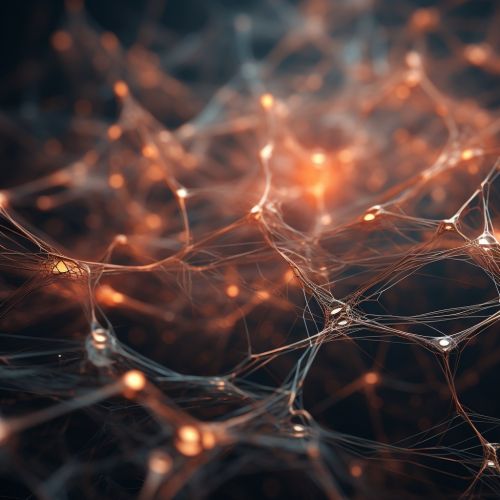
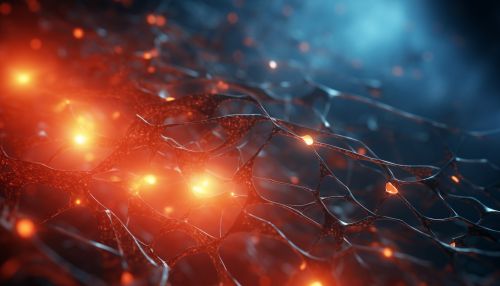
Structure of Neural Networks
Neural networks are composed of neurons, which are specialized cells designed to transmit information throughout the body. Each neuron consists of a cell body, or soma, which contains the nucleus and other organelles, and two types of extensions: dendrites and axons. Dendrites receive signals from other neurons, while axons transmit signals to other neurons. The point of contact between neurons, where signals are transmitted, is known as a synapse.
Neurons are classified into three types based on their function: sensory neurons, motor neurons, and interneurons. Sensory neurons transmit signals from sensory organs to the brain, motor neurons carry signals from the brain to the muscles, and interneurons connect various neurons within the brain and spinal cord.
Function of Neural Networks
The primary function of neural networks is to transmit signals between different parts of the body. These signals, or nerve impulses, are electrical charges that travel along the axons of neurons. The transmission of these impulses is facilitated by chemical substances known as neurotransmitters, which are released from the axon of one neuron and received by the dendrites of another neuron at the synapse.
Neural networks play a crucial role in various physiological processes, including sensation, movement, cognition, and memory. They enable organisms to perceive their environment, respond to stimuli, perform complex tasks, and store and retrieve information.
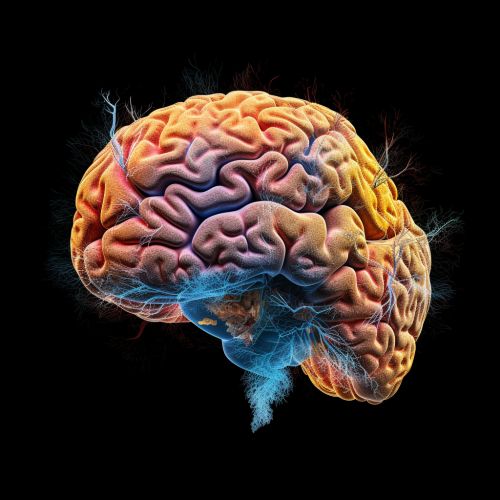
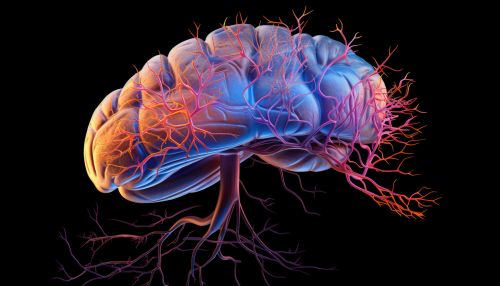
Neural Network Plasticity
One of the remarkable features of neural networks is their plasticity, or their ability to change and adapt in response to new experiences. This plasticity is believed to underlie many cognitive processes, including learning and memory. It involves changes in the strength of synaptic connections between neurons, a phenomenon known as synaptic plasticity.
There are two main types of synaptic plasticity: long-term potentiation (LTP) and long-term depression (LTD). LTP is a process where synaptic connections are strengthened over time, while LTD involves the weakening of synaptic connections. Both processes are thought to be crucial for the formation and consolidation of memories.
Neural Networks and Disease
Abnormalities in neural networks are associated with various neurological and psychiatric disorders. For instance, in Alzheimer's disease, there is a progressive loss of neurons and synapses in the cerebral cortex and certain subcortical regions. This leads to gross atrophy of the affected regions, including degeneration in the temporal lobe and parietal lobe, and parts of the frontal cortex and cingulate gyrus.
Similarly, in Parkinson's disease, there is a loss of dopamine-producing neurons in the substantia nigra, a part of the brain that plays a key role in reward and movement. The loss of these neurons leads to the characteristic symptoms of the disease, including tremors, rigidity, and bradykinesia (slowness of movement).
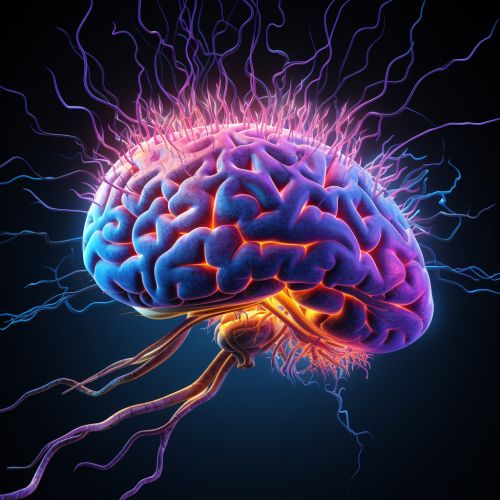
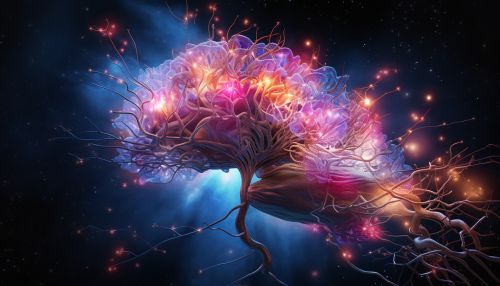
Neural Networks in Research
Neural networks are a major focus of research in neuroscience. Scientists are using advanced techniques, such as optogenetics and calcium imaging, to study the activity of neural networks in real time. These studies are providing valuable insights into how neural networks function and how they can be manipulated to treat various neurological disorders.
In addition, the principles of neural networks are being used in the development of artificial neural networks, which are computational models designed to mimic the functioning of biological neural networks. These models are being used in a wide range of applications, from image recognition to natural language processing.
